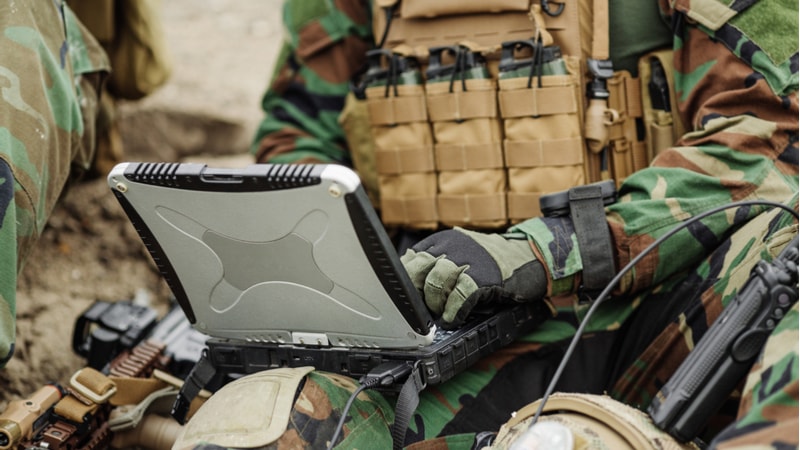
The Defense Department (DoD) recently picked 11 projects as part of a new program to bridge the “valley of death” for military technology.
The Pentagon’s announcement in late May marks the second set of projects to receive funding via the agency’s pilot program to Accelerate the Procurement and Fielding of Innovative Technologies (APFIT).
The purpose of the APFIT pilot program is to expeditiously transition technologies from development into production, and to accelerate the fielding of those technologies to the warfighter. Through the fiscal year (FY) 2022 National Defense Authorization Act – the first year of the program – Congress appropriated DoD $100 million for APFIT.
This year, the department was allocated $150 million, and, according to the DoD, APFIT funding is helping to deliver war-winning capability one to two years earlier than scheduled, while contributing to the health of the U.S. industrial base through investments in small business and nontraditional defense developed capabilities.
“I am thrilled to see the increased support from Congress for the APFIT program,” said Under Secretary of Defense for Research and Engineering Heidi Shyu in a statement. “This flexible funding is helping to transform the way the Department quickly pivots to procure and field warfighting capability, across the military services and defense agencies.”
“This pilot program is a critical tool to help us bridge the ‘valley of death’ and transition capabilities to the warfighter quicker than previously planned,” Shyu continued. “The companies being funded will fill crucial capability gaps. Without APFIT funding, these capabilities could take years longer to field.”
The idea of APFIT to give a slight spending bump to technologies that have already proven they might be useful in a military setting, but don’t have enough funding to field in big quantities. This is what agencies often call “the valley of death” – that seemingly uncrossable chasm between early prototyping of a new technology and getting it into the hands of government users.
According to the DoD, each of the projects will get an influx of $10 million to $50 million to field technologies from small and non-traditional defense contractors.
The 11 projects range from commercial satellite communications terminals for the Marine Corps to integrated air defense cameras for the Defense Innovation Unit to network enhancements in contested environments for the Navy.
House Defense Appropriations Subcommittee Chairman Ken Calvert, R-Calif., said, “With the announcement of a second round of APFIT projects, the Defense Department is realizing the program’s goal of delivering innovative tools to our warfighters in an accelerated timeline.”
“I fought to establish APFIT to ensure that new ways to succeed on the battlefield are not held back by old ways inside the Pentagon,” Rep. Calvert continued. “I believe my colleagues in Congress, Defense Department officials, and our industry partners recognize the value of the APFIT program, and I look forward to its continued growth.”
